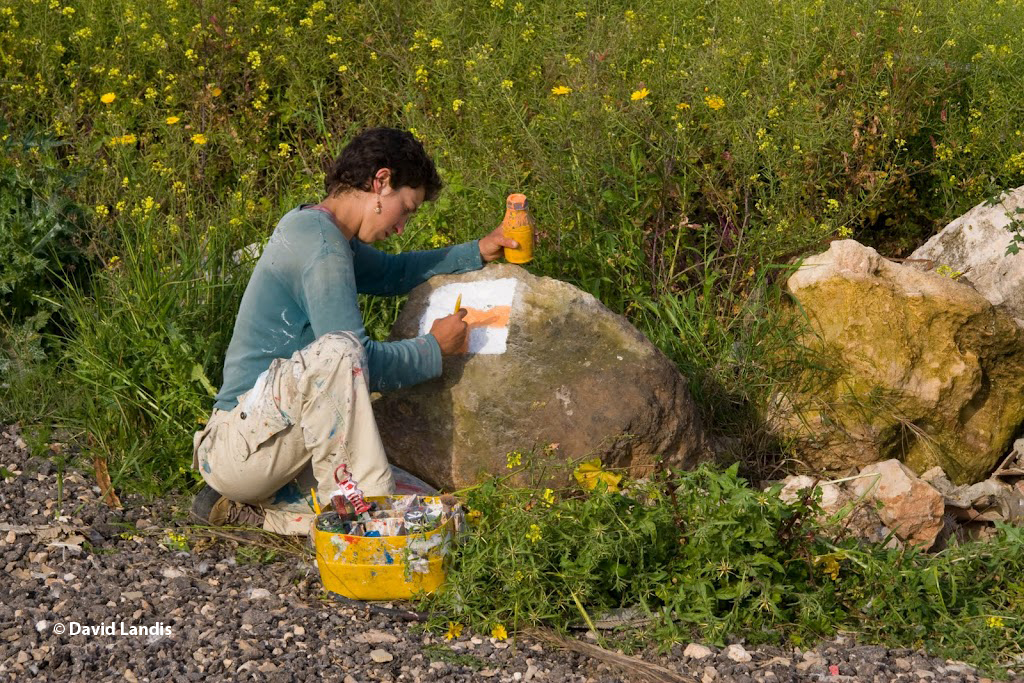While hiking trails are currently en vogue in the development community, few people have experience and know-how in creating hiking trails that are more than just a “project.” Hiking trails must be designed with international trekkers in mind, and must take into account the marketability and appeal of landscapes and themes, as well as practical amenity considerations. We’ve learned from experience not just as trail developers, but also as hikers. We’ve hiked thousands of kilometers and learned from the unique strengths and offerings of a huge variety of world-famous trails. Our personal hiking repertoire includes Torres del Paine in Chile, the Annapurna Circuit and Everest Base Camp treks in Nepal, the Camino de Santiago and Camino del Norte in Spain, the GR11 in France, the Saint Paul Trail in Turkey, and many other parks and day hikes around the world.
Our trail development skills include:
-
Identifying marketable trail themes and regions that appropriate for and would benefit from a hiking trail
-
Trail scouting, determining the best route based on sites, scenery, trail surfaces and distance between amenities
-
Gathering GIS data and training local community members in GIS data collection
-
Building relationships with local municipalities, communities and land owners to facilitate permissions for determining and marking trails
- Determining the most appropriate waymarking system utilizing a variety of internationally-recognized styles, including the GR system of Europe and the Israeli three-stripe paint system. Trail marking must be clear, intuitive, non-obtrusive, durable, affordable and resilient to vandalism. Poor trail marking systems are a major impediment to trail success.

